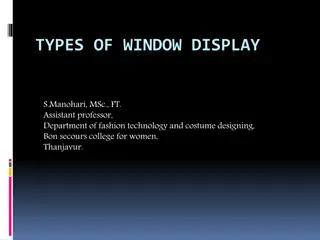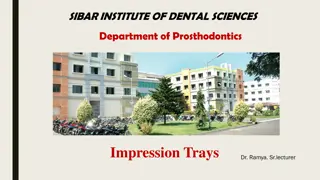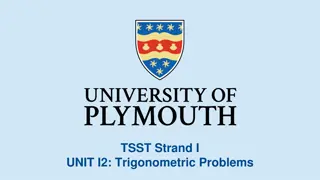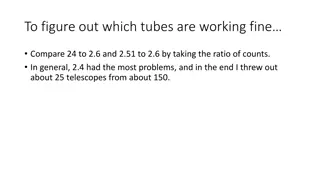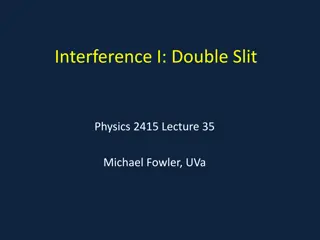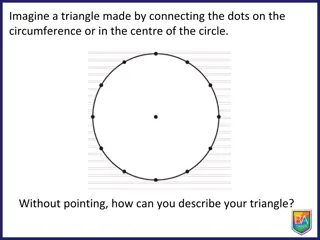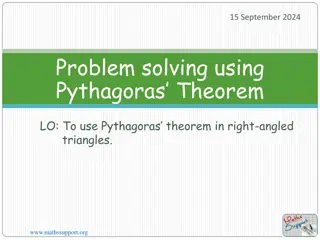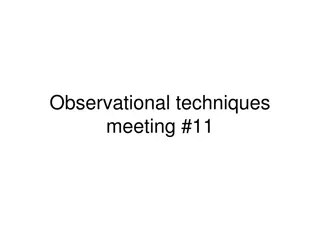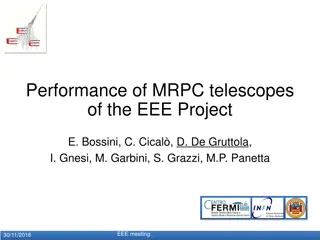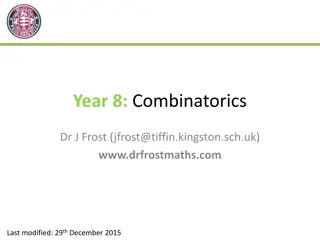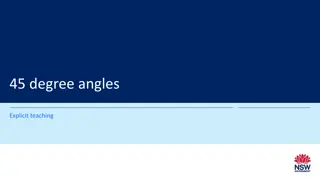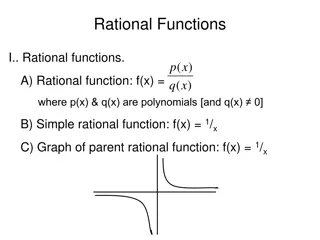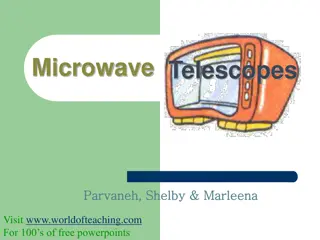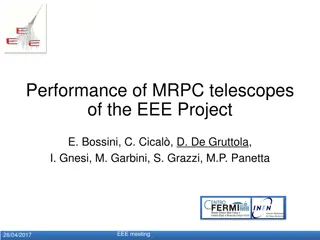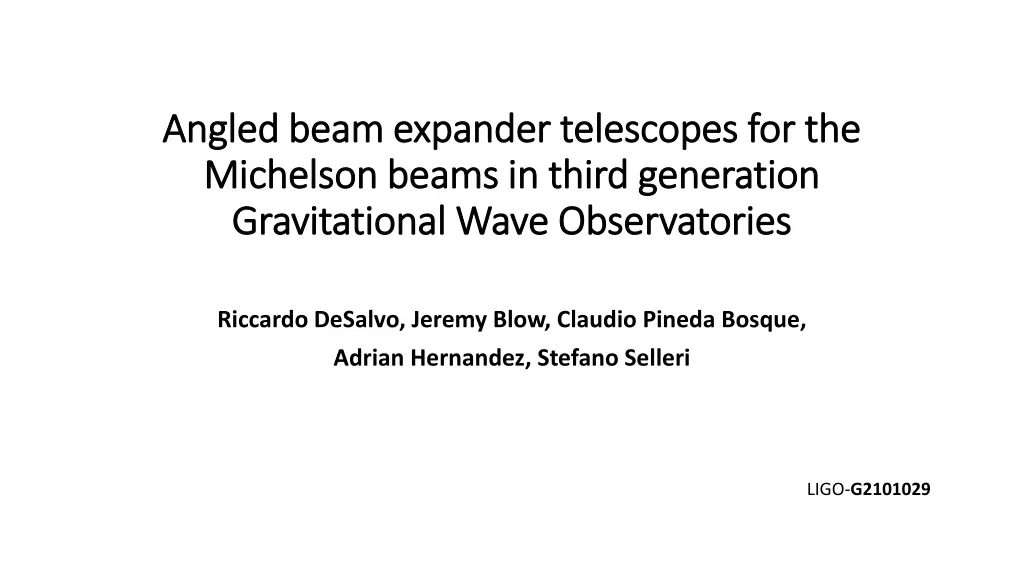
Angled Beam Telescopes for Michelson Beams in Gravitational Wave Observatories
Exploring the use of angled beam expander telescopes in third-generation Michelson beams for Gravitational Wave Observatories, discussing the benefits and technical considerations such as mirror angling, beam splitting, and maintenance advantages.
Download Presentation

Please find below an Image/Link to download the presentation.
The content on the website is provided AS IS for your information and personal use only. It may not be sold, licensed, or shared on other websites without obtaining consent from the author. If you encounter any issues during the download, it is possible that the publisher has removed the file from their server.
You are allowed to download the files provided on this website for personal or commercial use, subject to the condition that they are used lawfully. All files are the property of their respective owners.
The content on the website is provided AS IS for your information and personal use only. It may not be sold, licensed, or shared on other websites without obtaining consent from the author.
E N D
Presentation Transcript
Angled beam expander telescopes for the Angled beam expander telescopes for the Michelson beams in third generation Michelson beams in third generation Gravitational Wave Observatories Gravitational Wave Observatories Riccardo DeSalvo, Jeremy Blow, Claudio Pineda Bosque, Adrian Hernandez, Stefano Selleri LIGO-G2101029
Why angled telescopes ET is triangular Each tunnel contains two pairs of vertically separated interferometer arms. Beams will recombine at 60o Much wider mirrors will be needed at the beam splitter Heavier than the test masses Beam reducing telescopes will help but the 60o incidence on the mirror remains
From 60o to 90o Angling the telescopes mirrors can bring the recombining mirrors to 90o, which further reduce the required mirror dimensions The mirrors allow independent alignment of the two beams and the two spots on the BS The few ppm of power transmitted provides the needed alignment feedback signal as well as beam profile monitoring Projecting heat on the telescope mirror substrates may allow thermal compensation Offset parabolic mirrors are needed
Different beam splitters in reparate caverns Extracting the beams at different distances separate the beam splitters and I/O optics of different interferometers in different caverns Maintenance in one interferometer does not stop the others Great advantage for continuous sky watch
Making the parabolic mirrors The deviation from sphericity is small but not negligible Magneto-rheological polishing can be employed under computer controls to produce arbitrary curvatures Primary mirror Secondary mirror closest spherical mirror diameter (MRF) https://qedmrf.com/en/mrfpolishing Parabolic mirror focal point offset from beam line
Conclusions Angled beam diameter telescopes in the Michelson arms of GW detectors will: Further reduce the required dimensions of the beam splitter Allow operation of different beam splitters and I/O optics in separate caverns to improve GW observatory reliability and on-time Provide means to independently steer the beams on the beam splitter for recombination and into the Fabry Perots in the arms Provide pickoff optical signals to control alignment and mode matching Offer a platform for thermal compensation

